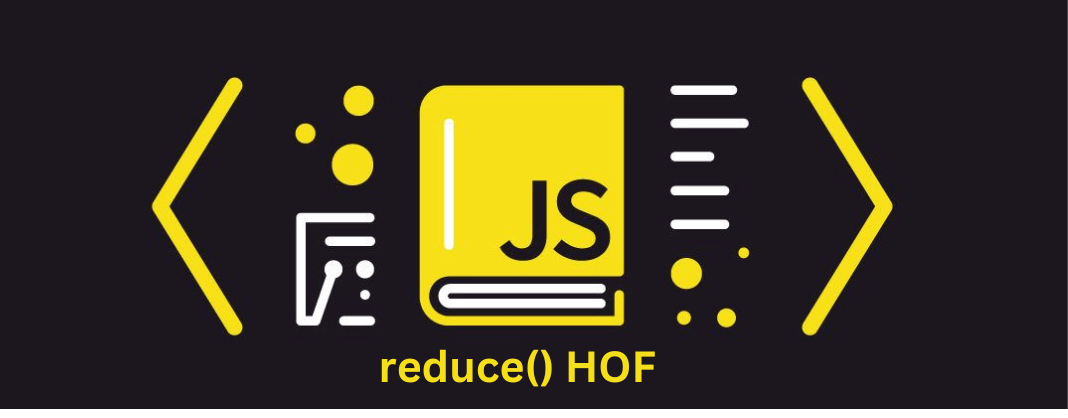Exploring the Power of the Reduce Method in JavaScript
Reduce, like map and filter, is a higher order function, offering a versatile framework for a wide range of tasks in JavaScript.
Until recently, I only knew how to use reduce for its most common purpose to sum up all elements in an array. I knew it was capable of more, but only dove into its many uses when I started preparing for technical interviews
It’s worth understanding the intricacies to use it to not only sum values, but to create more complex data structures, like mapping values from one array to another
Every iteration of reduce is impacted by the previous one's return value, which may take some practice to keep track of — akin to recursion
Optimizing API Data for Application Rendering: The Power of Data Massaging
Data Massaging: Refining API Data for Application Display. Utilize data massaging techniques to structure incoming API data, ensuring it seamlessly integrates with your application's interface requirements.
Example: Grouping Data Using Reduce (Part 1)
Imagine you have another set of student data, but this time the subjects they study are represented by IDs instead of names. Let's use the reduce method to transform this data into a structured format, where each student's name serves as a key mapped to an array of their subjects.
1// Array containing subjects data with IDs and names 2const subjects = [ 3 { id: 1, name: 'Node.js' }, 4 { id: 2, name: 'HTML' }, 5 { id: 3, name: 'CSS' }, 6 { id: 4, name: 'React' }, 7 { id: 5, name: 'Javascript' }, 8]; 9 10// Array of student objects with IDs, names, and subject IDs 11const students = [ 12 { id: 1, name: 'Roshan', subjectID: 5 }, 13 { id: 2, name: 'Harikrishnan', subjectID: 2 }, 14 { id: 3, name: 'Likhith', subjectID: 4 }, 15 { id: 4, name: 'Shashi', subjectID: 1 }, 16]; 17 18// Use reduce to transform the `students` array into a new object 19// Each student's name serves as a key, mapped to an array of their subjects 20const studentSubjects = students.reduce((accumulator, student) => { 21 for (const subject of subjects) { 22 if (subject.id === student.subjectID) { 23 if (!accumulator[student.name]) { 24 accumulator[student.name] = []; 25 } 26 accumulator[student.name].push(subject.name); 27 } 28 } 29 return accumulator; 30}, {}); 31 32// Output the resulting object 33console.log(studentSubjects); 34 35//Expected output: 36 //{ 37 // Roshan: [ 'Javascript' ], 38 // Harikrishnan: [ 'HTML' ], 39 // Likhith: [ 'React' ], 40 //Shashi: [ 'Node.js' ] 41//}
Example: Grouping Data Using Reduce (Part 2)
Consider the scenario where you have a list of students and their respective subjects, but this time the data is structured differently. Each student is represented by an object with their name as a property, and the subjects they study are nested within an array.
1let studentData = [ 2 { name: "Roshan", subject: "Javascript" }, 3 { name: "Shashi", subject: "HTML" }, 4 { name: "Likhith", subject: "CSS" }, 5 { name: "Roshan", subject: "Java" }, 6 { name: "Roshan", subject: "English" }, 7 { name: "Roshan", subject: "Maths" }, 8 { name: "Likhith", subject: "Rust" }, 9 { name: "Shashi", subject: "Elm" }, 10];
Now, let's use the reduce method to transform this data into a new object, where each student's name serves as a key mapped to an array of their subjects
1 2let studentSubjects = studentData.reduce((accumulator, currentItem) => { 3 if (!accumulator[currentItem.name]) { 4 accumulator[currentItem.name] = []; 5 } 6 accumulator[currentItem.name].push(currentItem.subject); 7 return accumulator; 8}, {}); 9 10console.log(studentSubjects); 11 12//Expected output: 13 14//{ 15 // Roshan: [ 'Javascript', 'Java', 'English', 'Maths' ], 16 // Shashi: [ 'HTML', 'Elm' ], 17 //Likhith: [ 'CSS', 'Rust' ] 18}//
Conclusion
In this blog, we've delved into the versatile capabilities of the reduce method in JavaScript, exploring its use cases beyond simple summation. From aggregating values to grouping and organizing data, reduce empowers developers to manipulate and shape data with precision and efficiency.
By understanding the intricacies of reduce and its practical applications, you can enhance your ability to write clean, concise, and expressive code. Whether you're working with arrays, objects, or complex data structures, reduce provides a powerful toolset to streamline your development process.
As you continue your journey in JavaScript and software development, I encourage you to experiment with reduce in your own projects. Embrace its flexibility and creativity to tackle a wide range of tasks effectively. Remember, mastery of reduce opens doors to new possibilities and elevates your coding prowess.
Thank you for joining me on this exploration of the reduce method. Happy coding, and may your JavaScript adventures be fruitful and fulfilling!

